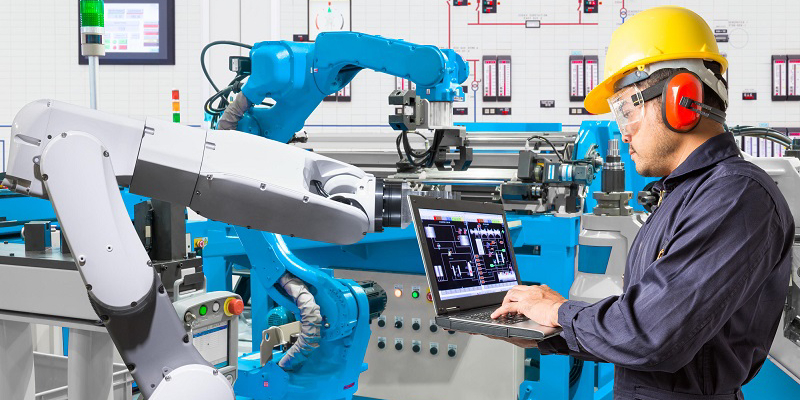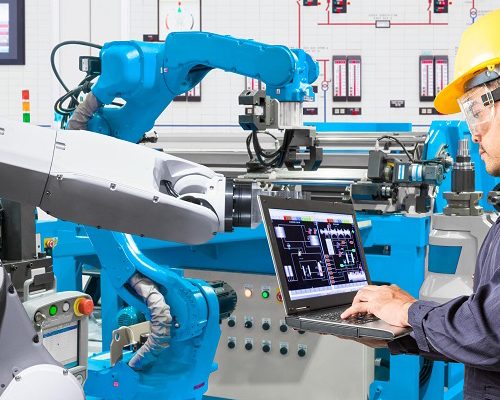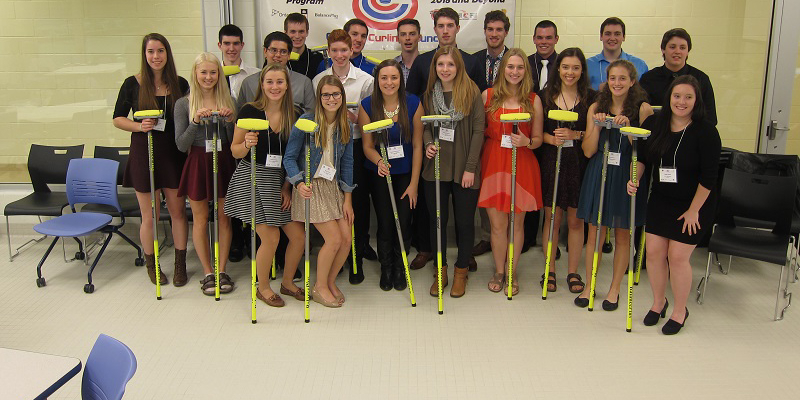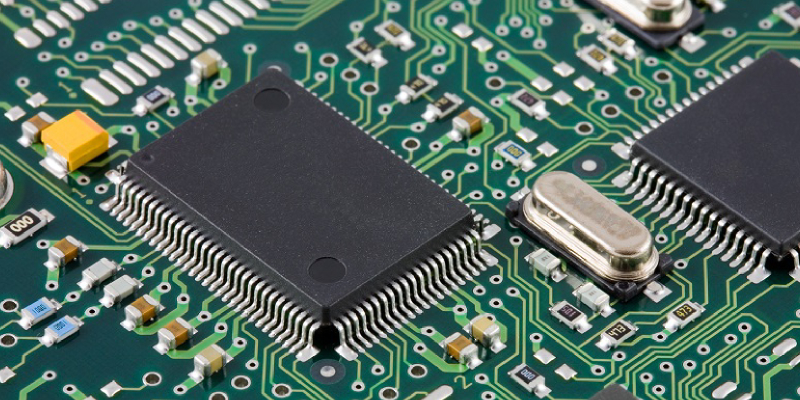The Latest Trends Of Technology

In this short piece, Paul Leary takes a look at some predictions and trends that will be useful in the coming year in the field of technology and manufacturing.
1. The Internet of Things (IoT) global product and service market will see more than 19% compounded growth rate from the year 2013 to 2019. The worth of the sector will cross the 5600 Billion Dollar mark by next year. At present, there are almost 5 billion devices that IoT enabled. In the next few years, the number will jump to 25 billion.
2. There are constant development and integration of Smart Factories, and integrated European priorities are aligning with Industry 4.0.
3. The three most crucial advanced manufacturing technologies include predictive analytics, smart, connected products (IoT) and advanced materials. To drive competition in manufacturing, US executives believe that Predictive data analytics will be crucial.
4. The one country that is working hard to close the gap with America is China. It has prioritized predictive analytics and is working on gaining a competitive edge by utilizing High-Performance Computing (HPC).
These are the four trends, factors, and technologies that are going to shape the future of manufacturing first in the USA and then globally.









